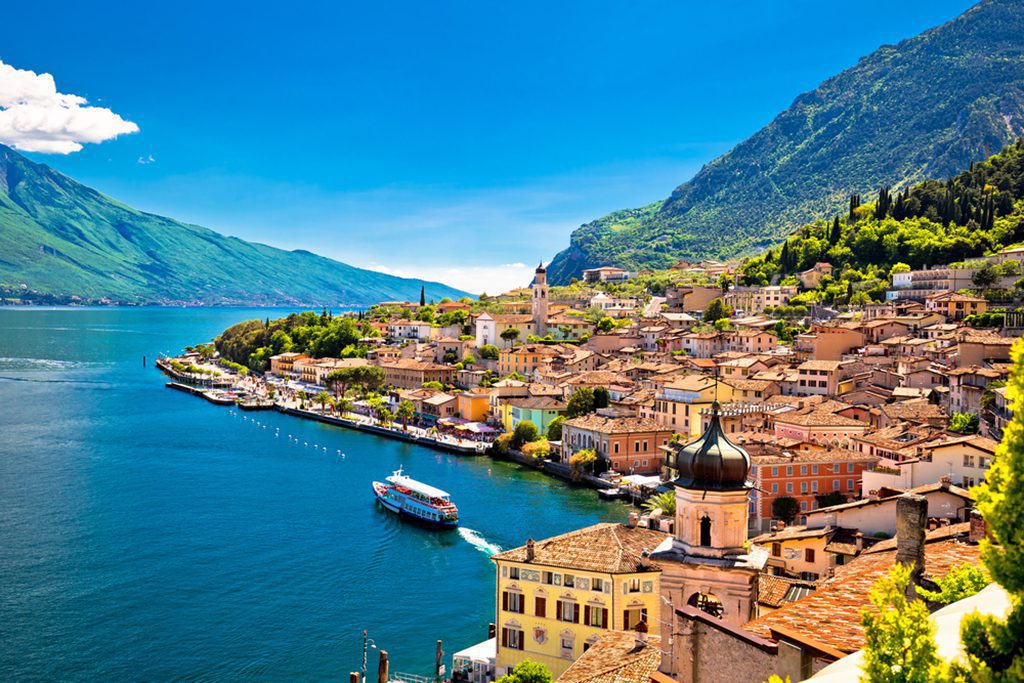Northern Italy’s outstanding feature is the variety of landscapes it contains, from the snowy peaks of the Alps and their glacial lakes to the warm beaches of the Riviera and the Adriatic. The area is home to several cities and landscapes, as well as a wealth of cultural treasures, including “The Last Supper” by Leonardo da Vinci.
Including the country’s richest regions, Northern Italy is a popular choice for those seeking high-end vacations and shopping. This area of Italy has everything a tourist might desire from a vacation in Italy, from delicious local food and wine to historic landmarks like castles and cathedrals.
10. Bologna
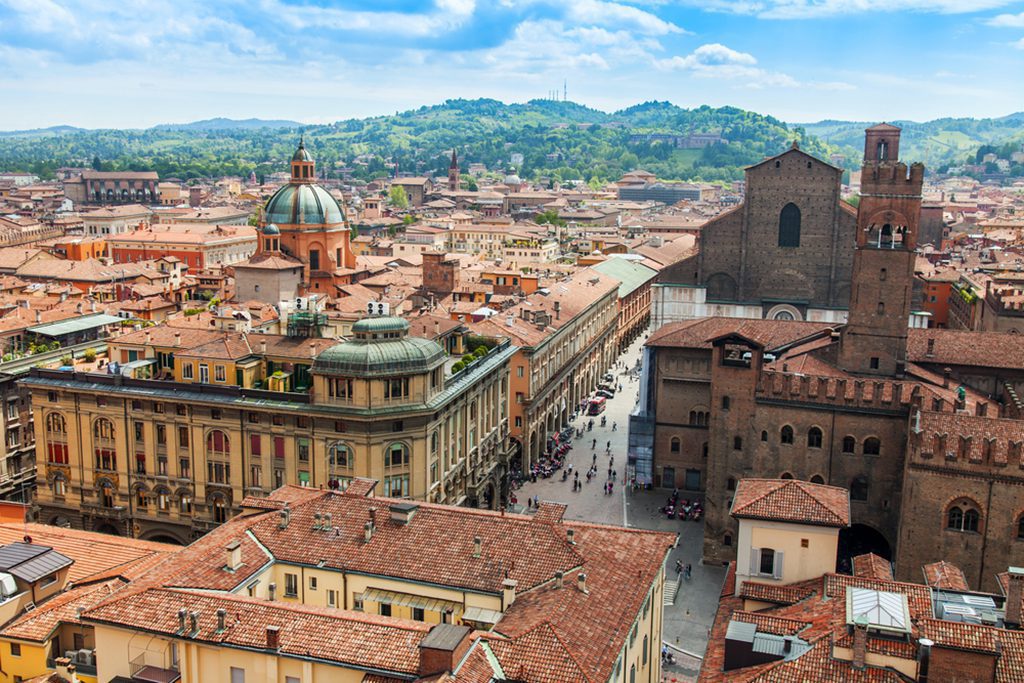
Bologna is the biggest city in Northern Italy’s Emilia-Romagna region and is known as “La Rossa” (The Red One) for its many red brick buildings and tile roofs. Also, it’s a fantastic place to visit if you have a passion for architecture. Bologna’s architecture contains not just medieval towers and porticos but also Etruscan and Roman remnants that have been restored owing to the city’s long history.
The University of Bologna, established in 1088, should likewise not be missed. A large number of students continue to enroll each year at the world’s oldest university. Piazza Maggiore is a must-see on every trip to Bologna, and the Basilica of San Petronio’s exquisite interiors are further enhanced by the fact that the outside is still incomplete.
9. Gran Paradiso National Park
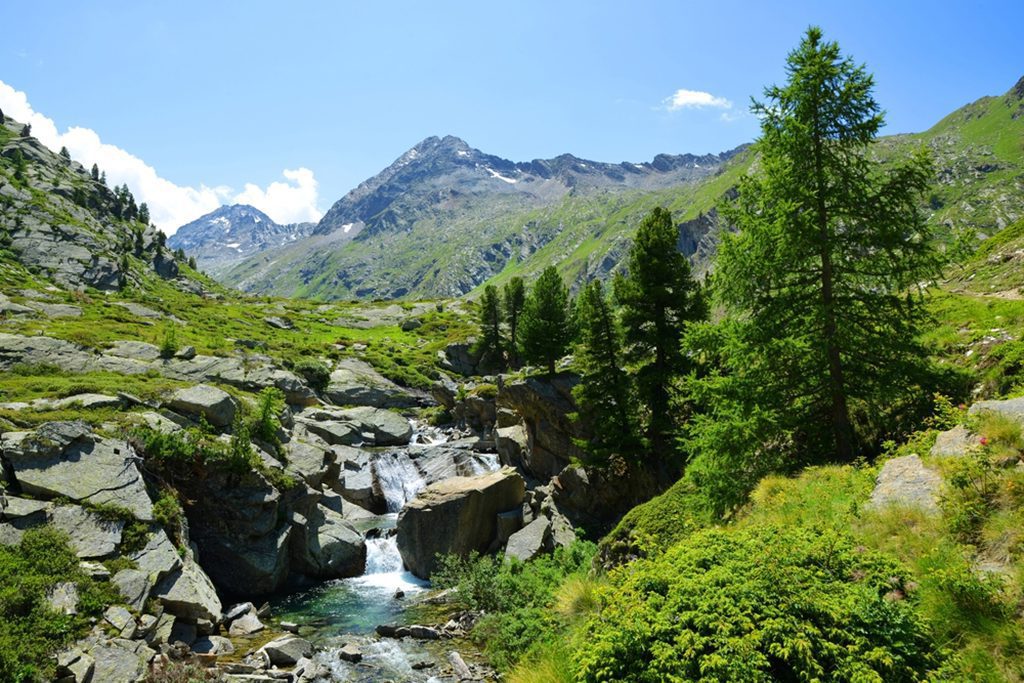
Gran Paradiso National Park is one of Europe’s most extensive and well-protected natural regions, taking its name from Italy’s highest peak and the only mountain in the Alps to be located fully inside a single country.
In 1920, the region was named Italy’s first national park in part to save the declining population of ibex, a kind of mountain goat whose horns may grow to a length of 3 feet. In the late spring and summer, when the flowers are in bloom, the park is a haven for hikers, and in the winter, cross-country skiing and snowshoe walks make it an ideal vacation spot.
8. Bergamo
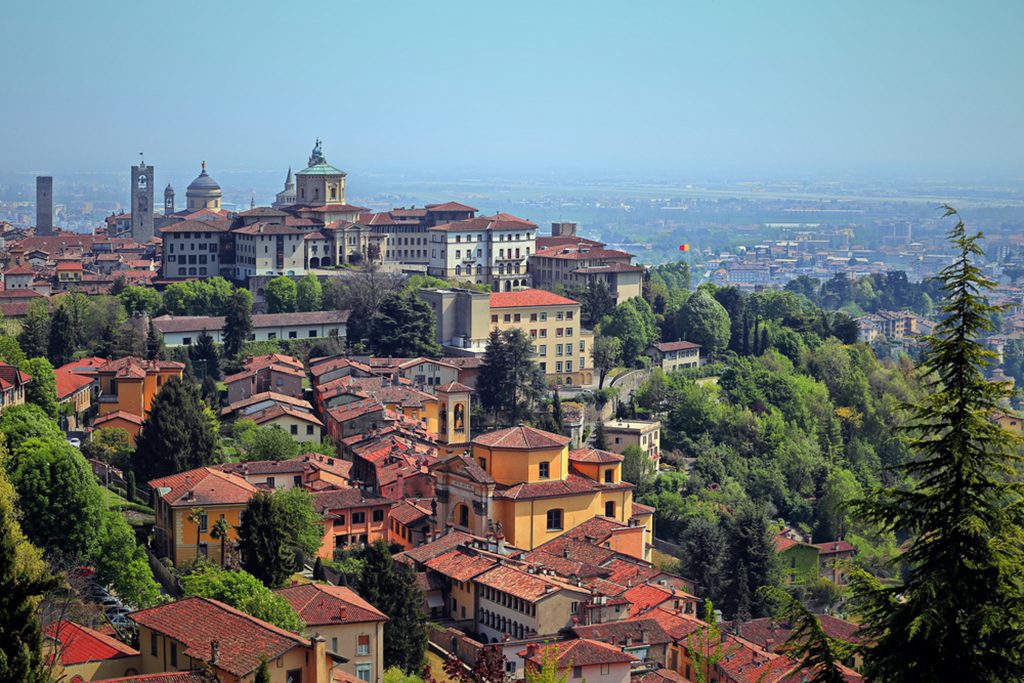
Bergamo consists of two cities, each of which is nestled against the slopes of the majestic Bergamese Alps. The Città Alta, also known as the “upper city,” is a walled medieval town dating back to the 16th century, while the Città Bassa, or “lower city,” is a more modern urban area.
The ornate Basilica of Santa Maria Maggiore, where composer Gaetano Donizetti is laid to rest, and the remainder of the city’s Medieval and Renaissance architecture, as well as its lovely piazzas, are major draws for tourists. The Accademia Carrara is another must-see because of its priceless collection of works by such masters as Raphael, Botticelli, and Canaletto.
7. Verona

Verona, most famous as the location for Shakespeare’s “Romeo and Juliet,” is a beautiful city with ancient Roman ruins, Renaissance palaces, and medieval architecture. Despite its convenient location between the more well-known cities of Milan and Venice, the city is often overlooked by tourists.
If you want to experience the wonders of a historic Italian city without the hassle of crowds, Verona is the place to go. Many tourists begin their tour at “Juliet’s House,” a replica of which now includes a balcony, but it is crucial to keep in mind that Romeo and Juliet were fictional characters and not actual people.
6. Genoa
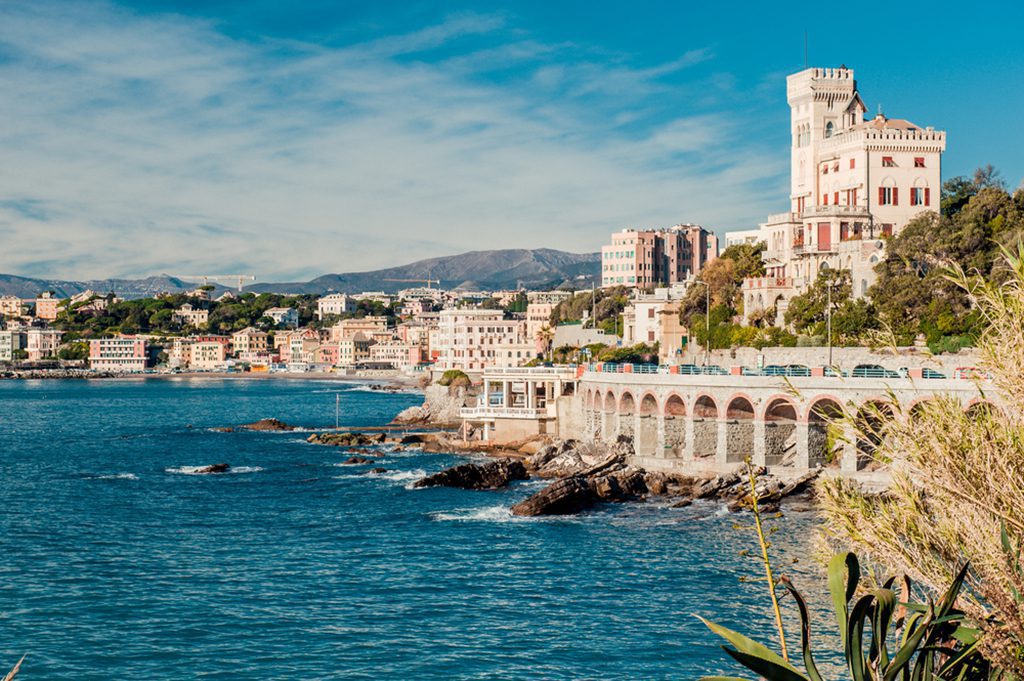
Despite being overshadowed by more well-known Italian cities like Rome and Venice, Genoa is a genuine gem of the country. Christopher Columbus was born in Genoa, the capital of the Liguria region on Italy’s northwest coast.
The historic center is the city’s shining crown, with its small, twisting streets that unveil surprise riches like wonderful architecture and cultural treasures at every corner. The ancient port is in the city’s foothills. Today, the port of Genoa boasts a thriving marina, waterfront bars, and the Aquarium of Genoa, all of which attract cruise ships, yachts, and fishing boats.
5. Milan
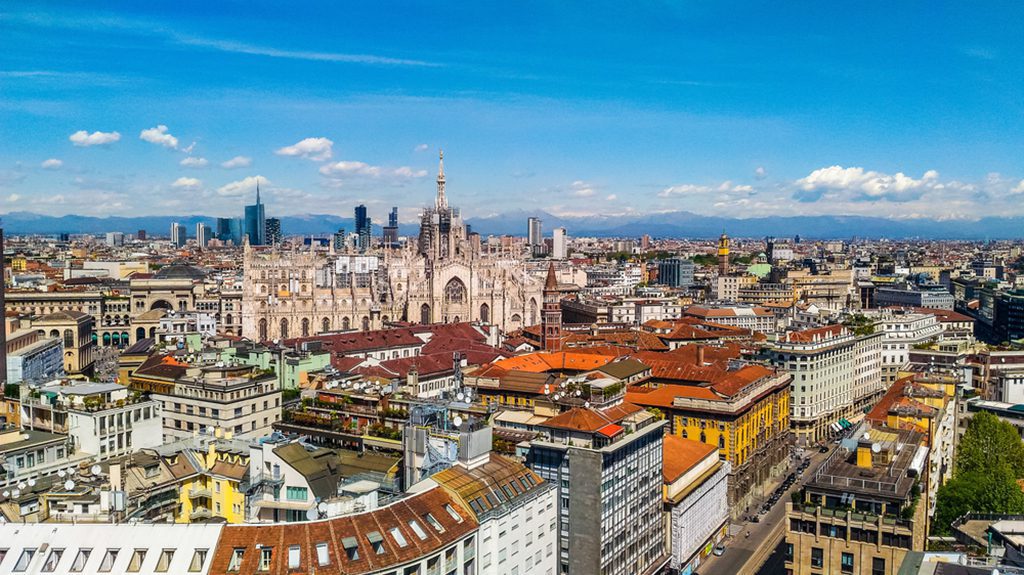
Milan was almost decimated by massive bombing during WWII, but it has since been rebuilt, and today it shines as the financial and fashion center of Italy. The Santa Maria delle Grazie, where da Vinci’s “The Last Supper” is on exhibit, is Milan’s most visited landmark. Museum of Ancient Art displays, including Michelangelo’s “Pietà Rondanini,” are located in the Sforzesco Castle, built in the 14th century.
The Duomo, one of the largest Gothic cathedrals in the world, and the lavishly decorated La Scala opera building from the 18th century are among the must-sees. The best of Italian haute couture can be found in the shops of the Galleria Vittorio Emanuele II.
4. Portofino
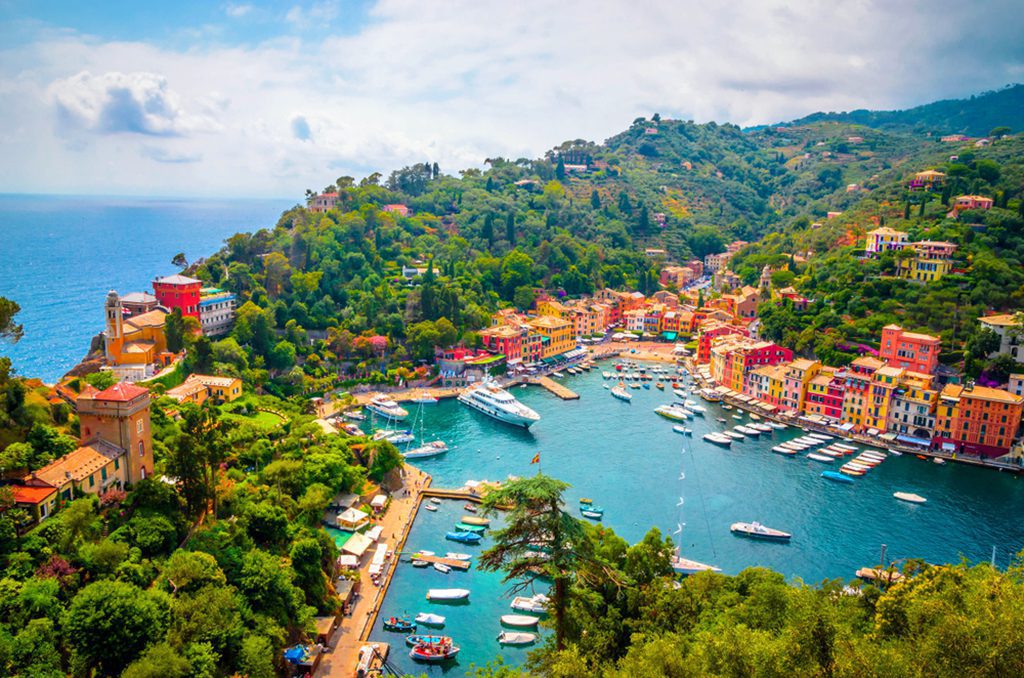
Portofino is one of the most beautiful towns on the Italian Riviera due to its picturesque port, lush environment, and jumbled rows of hilltop and waterfront mansions. The little village has been a favorite day-trip destination for generations of Genoese because of its convenient location just south of the city.
Portofino is a popular port of call for cruises along the Italian Riviera, and its picturesque harbor is often filled with yachts. Short hikes up the hill to Castello Brown, the Church of San Giorgio, or the lighthouse at Punta Portofino reward visitors with picturesque views of the lovely city.
3. Lake Garda
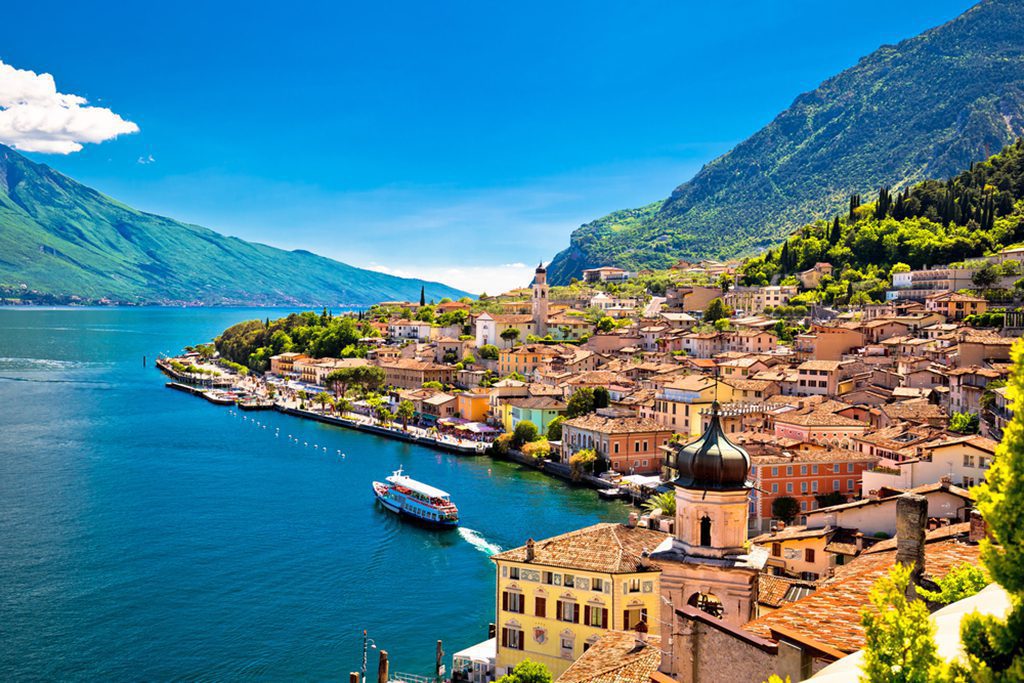
Lake Garda is surrounded by mountains to the north and flat plains to the south; it is the biggest of the glacial lakes in the region of Lombardy, Italy. Landscapes of gardens, orchards, and forests line the coast, creating an idyllic setting for those who come here to relax and have fun.
Sirmione, Italy’s southernmost town, is home to natural hot springs, a quaint castle, and the Grotte di Catullo, the region’s greatest concentration of Roman ruins. Visitors looking to sail, windsurf, kayak, and swim in the lake should go to Riva del Garda, located on the northern side.
2. Cinque Terre
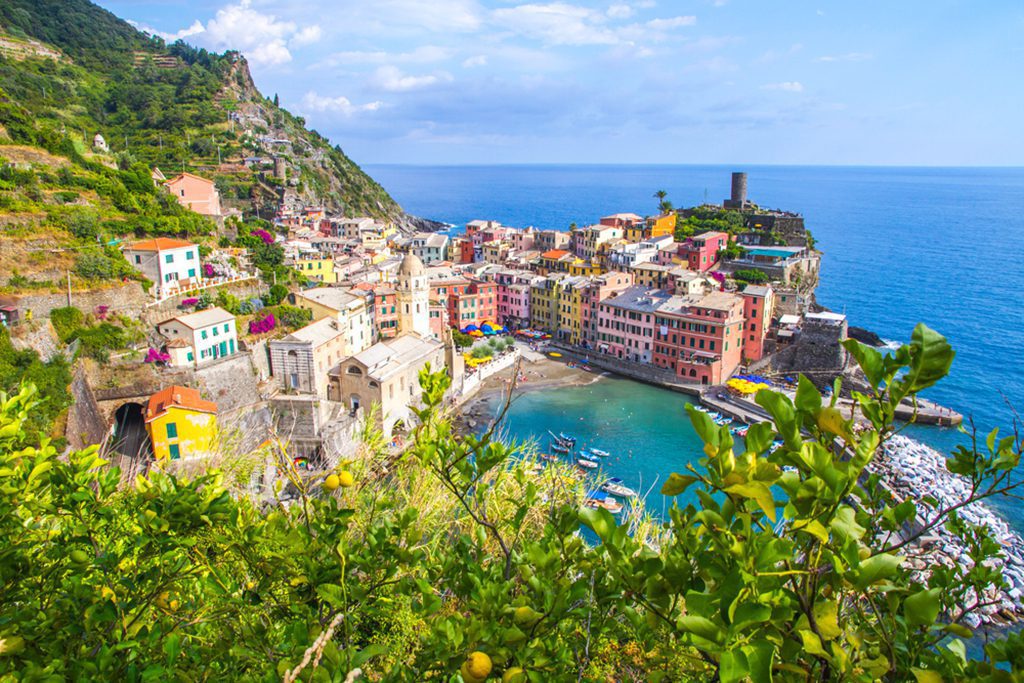
To say that Cinque Terre is one of Italy’s most picturesque places would be an understatement. This is true no matter which of the five villages you choose to explore: Riomaggiore, Manarola, Vernazza, Monterosso, or Corniglia.
The towns were clearly designed to be shown on postcards, since they are perched precariously above cliffs with breathtaking views of the Mediterranean. One would be hard-pressed to find a more picturesque location. For the most part, trains are the only way to go between towns. Since cars are banned from the old sections of these towns, you’ll want to wear shoes that are comfortable for long periods of walking.
1. Venice
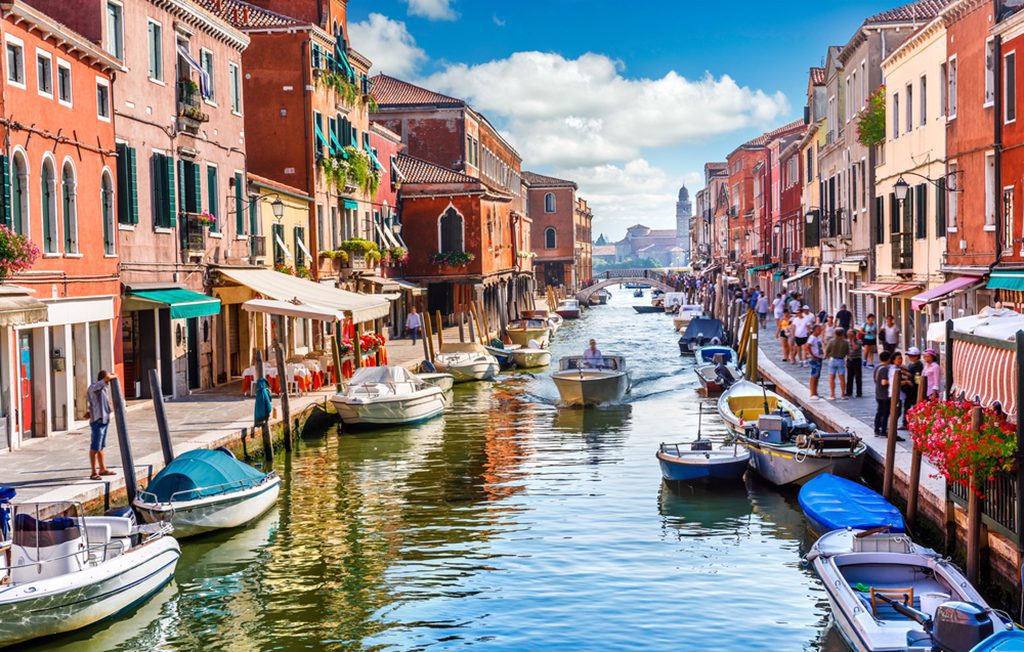
As if by magic, Venice’s buildings seem to float on the Adriatic Sea, making the city the ideal setting for a couple to escape to on a romantic vacation. Visitors have been drawn to Venice for centuries because of the city’s enduring beauty and charm.
Tourists flock to the sidewalk cafés in St. Mark’s Square when they’re not taking in the sights and sounds from a gondola as they’re serenaded by musicians as they float along the canals. The marble-canopied grave of St. Mark is only one of many priceless artifacts housed at the Basilica of San Marco.


